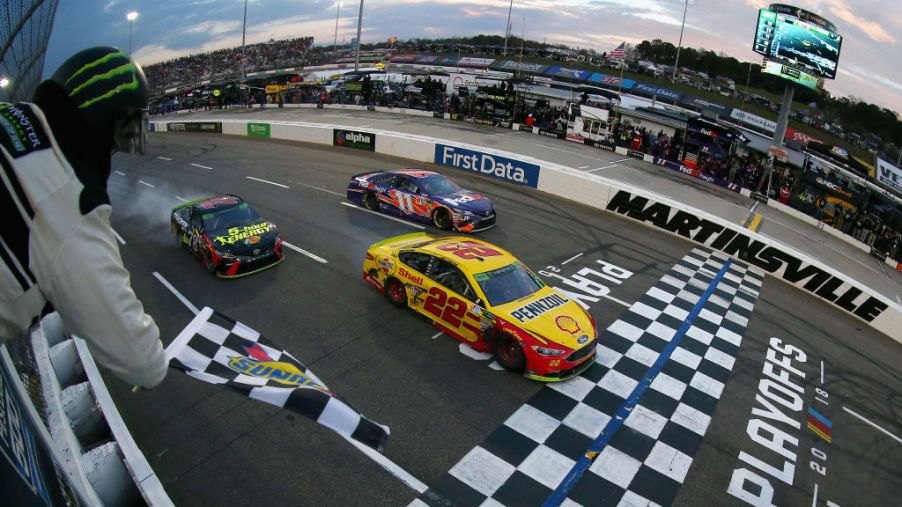
What’s Happening to NASCAR?
Decades ago, NASCAR was the “it” thing. It celebrated the award of its first big television contract in 1999 with Fox/FX and NBC/TBS, fans were flocking to the sport, and seating couldn’t be built fast enough at the tracks. So, what happened? Look at NASCAR now, and you see a company that has gone from boom to mild adjustment and is now seemingly looking at the beginning of a revival again.
Ticket Prices
The popularity of the sport decades ago allowed NASCAR to increase ticket prices. The sport was booming with new fans, sponsors, and handsome young drivers that were media darlings such as Jeff Gordon and Jimmy Johnson, among many. The sport became mainstream, instead of a “southerner’s past-time.”
So, marginal increases in ticket prices allowed the company to capitalize on the new money coming in and to fund new seating at the tracks. After all, almost every race was selling out at the top level of the sport. Some tracks had more sold tickets than the National Football League could do its stadiums. At the time, NASCAR had become the second-largest fan sport in the nation. So small increases to ticket prices seemed justified.
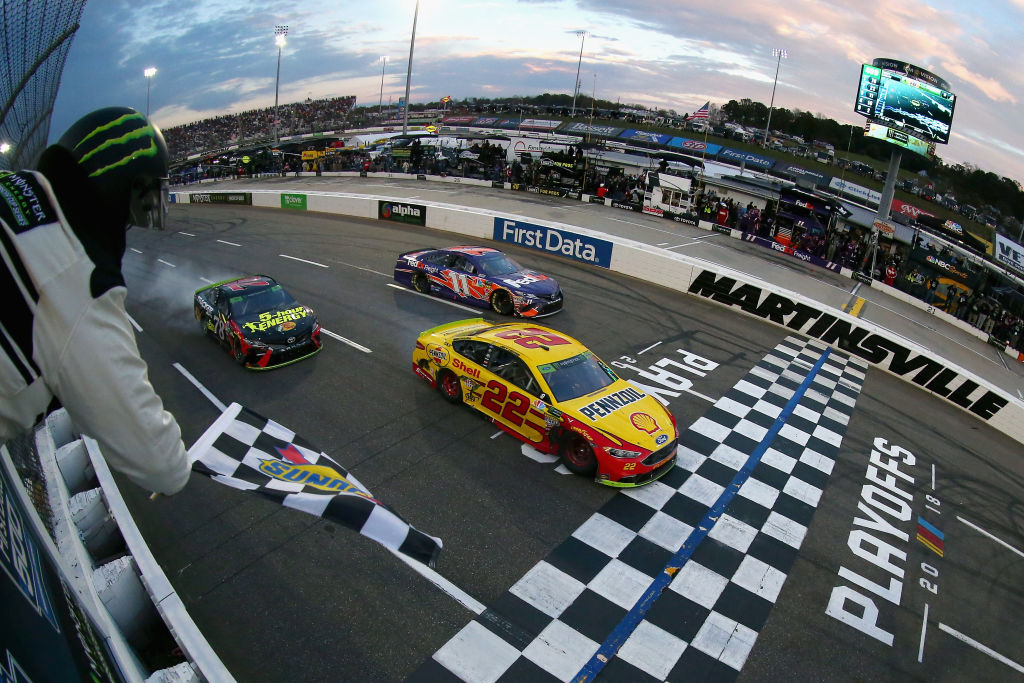
Travel and Accommodations
At the same time that ticket prices were going up, so were the prices of accommodations around every track and the cost of gasoline to get to a race. People were renting almost every hotel room and campsite around each of the tracks on race weekends.
NASCAR Nation was (and still is) huge. So, restaurants, grocery stores, liquor stores, and ice cream shops were all loving the increased volume of people… and adjusting prices. In the meantime, increased gasoline prices made added difficulty to even starting the vacation.
Death of Stars
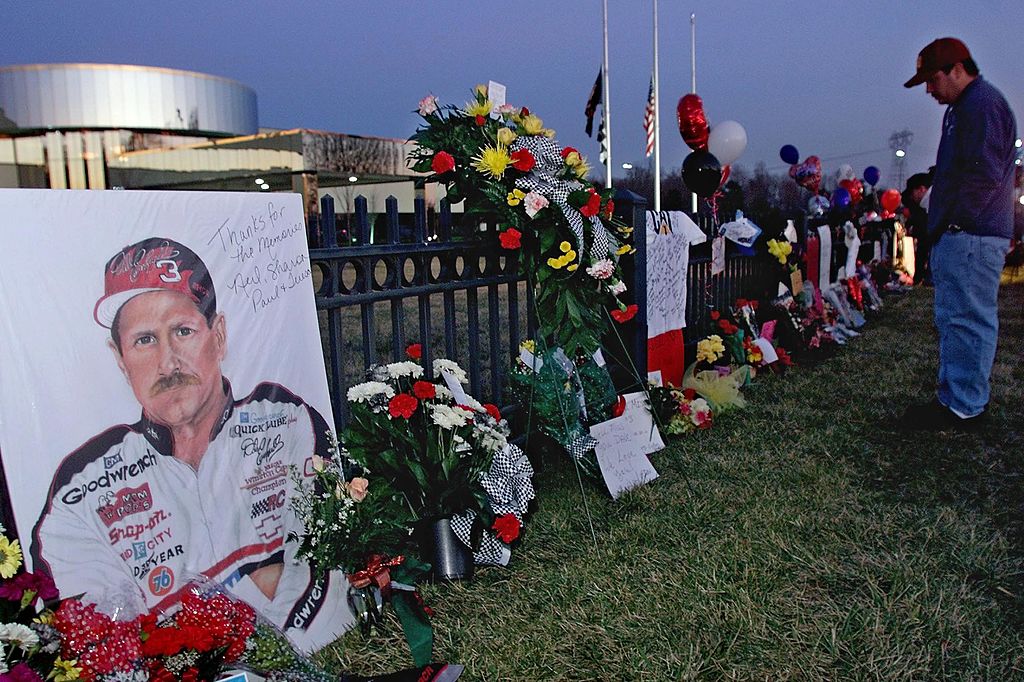
The pattern disruption came when Adam Petty died at the racetrack in Louden New Hampshire in May 2000. He was the son of a family that has been in racing for generations. Then, in February 2001, Dale Earnhardt Sr. died in a race at Daytona.
He was also a generational racer and a champion. This shocked a lot of new-to-NASCAR fans that had been used to seeing drivers walk away from racetrack accidents. Professional racing at the NASCAR level had seen injuries prior, but the deaths were shocking to people who recently came into the sport. A few of those fans lost some of their enthusiasm at that point.
Later that same year, on September 11th, the national focus moved from sports and entertainment to the recovery of the nation from terrorist attacks. The country was distracted.
The Burst of the Economic Bubble
It is well documented that there was an economic bubble that burst in the United States back in 2008. That meant a lot of people started watching their spending more closely. People began canceling their vacations. So, ticket sales to NASCAR races saw a hiccup. Of course, this also rippled through the sponsors, vendors, local restaurants, shops, etc.
The Perfect Storm
In the twelve years since the economic bubble burst, some of the racetracks removed seating. Television ratings for the races dropped. Sponsors are continuing to hold their monies close. Also, the drivers that were the media darlings of time past are retiring. Jeff Gordon has moved from driving to announcing, and Jimmy Johnson is in his final year as a driver. NASCAR Management has also had its own public troubles. Just last week, CEO of NASCAR, Brian France was arrested for DWI.
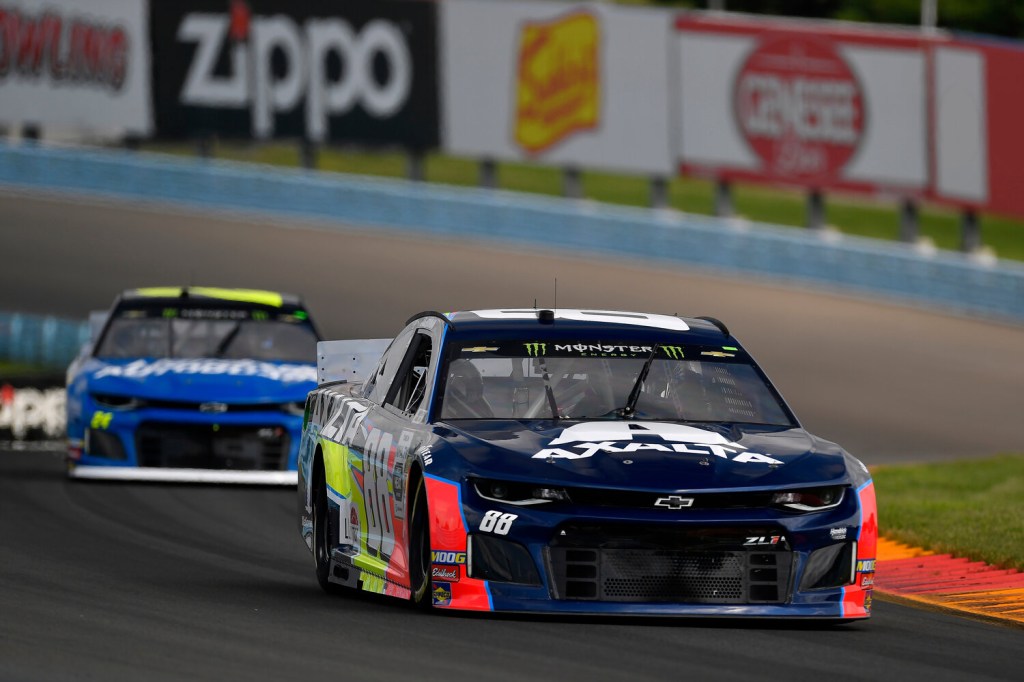
What is Happening?
NASCAR is in business to stay in business. So, they have never stood still. Through the years, they have been developing safer and more modern cars for drivers. They have also experimented with revised point systems and rules changes to make the races more exciting for teams and fans alike.
Additionally, television broadcasts continue to be a big part of the NASCAR outreach, and although the media darlings of time past have retired, or are retiring, other drivers are being elevated to star status. Viewership ratings may be lagging because many people are cutting the cable cord.
But, that just means the viewers are finding digital avenues to see the races. Finally, and probably the most impacting thing for NASCAR’s new turnaround is that the national economy has improved. So, people are planning vacations again.
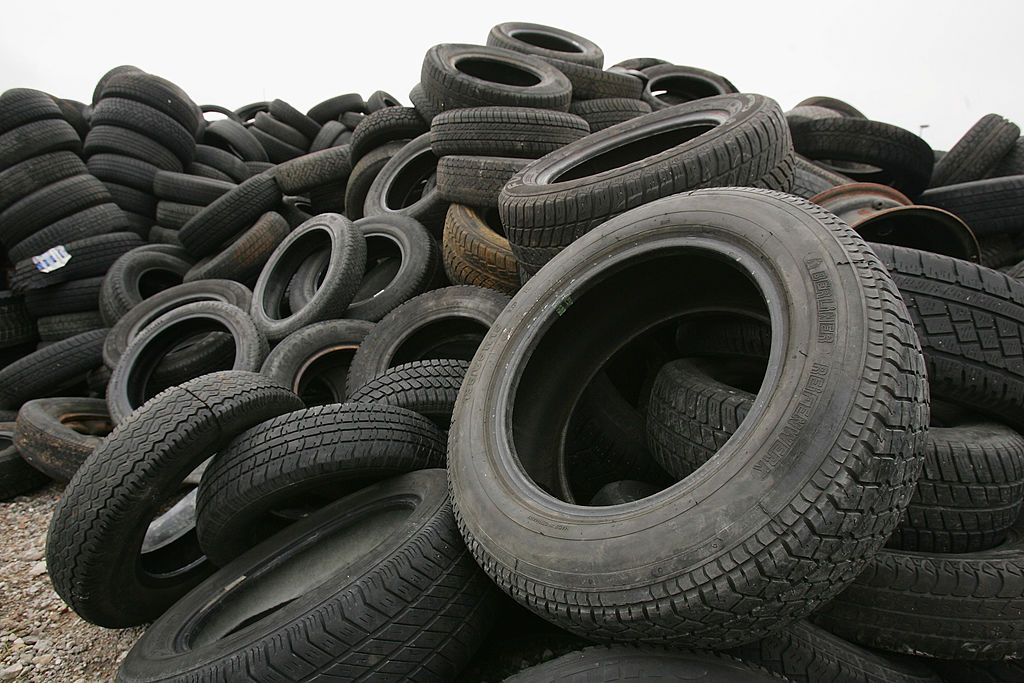
Although Brian France’s arrest is a momentary black eye to the sport, NASCAR has seen its business cycle go from boom to correction and seems to be primed for growth again. A new wave of drivers is taking the reigns of the track and media time. Management continues to make changes to dial in close, safe, racing, and people are spending money again. Overall, it seems the lull may be turning to a potential revival of NASCAR.


